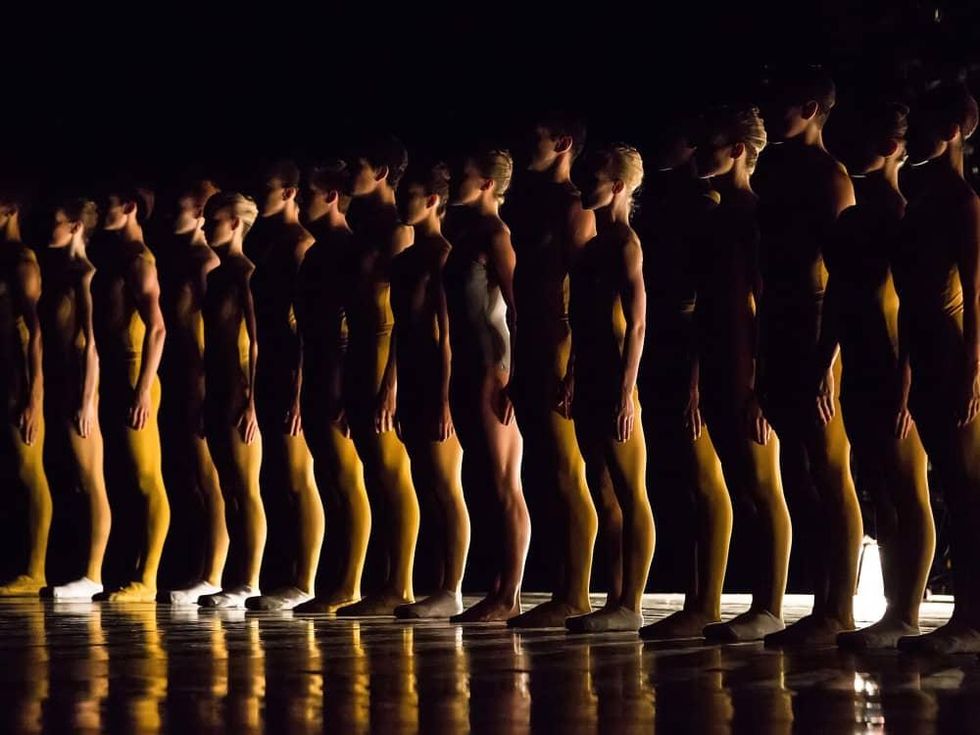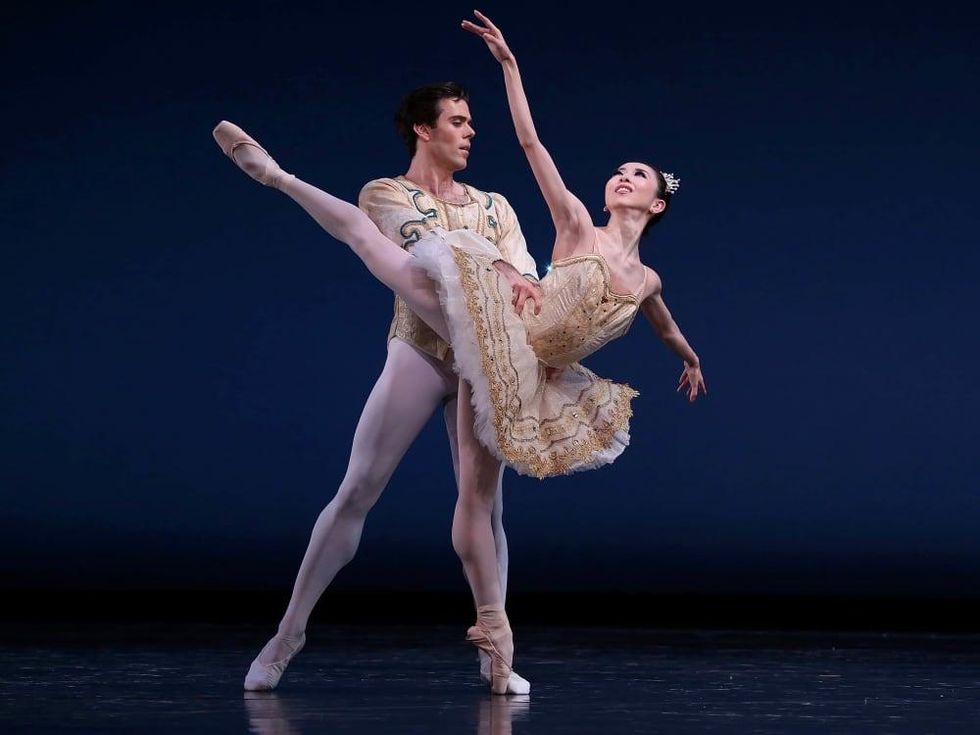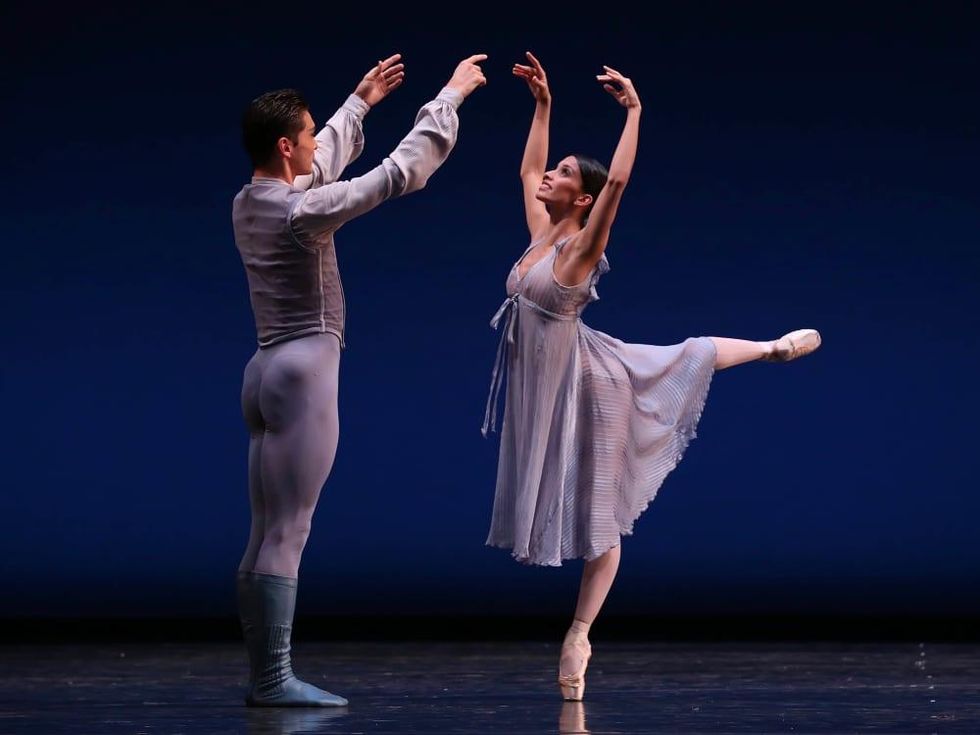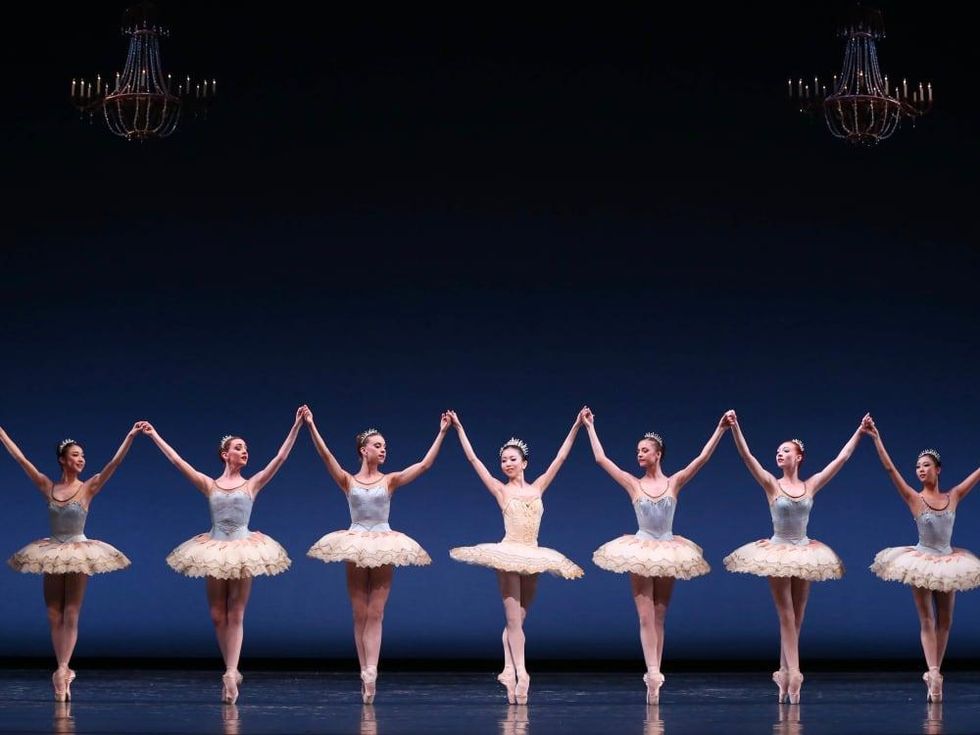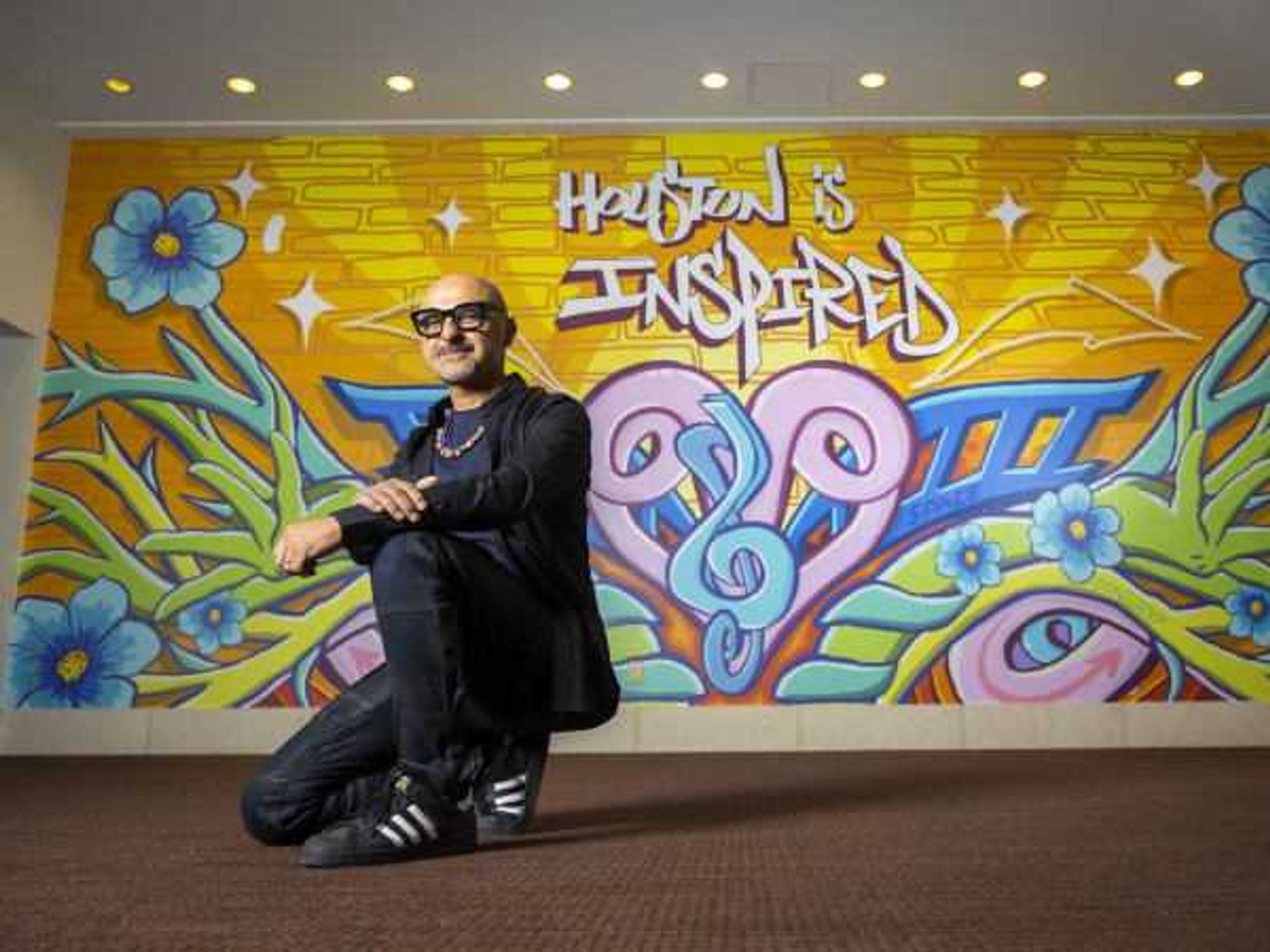The Review Is In
Houston Ballet opens 47th season with stunning American Ingenuity
Certain evenings in the theater are utterly unforgettable. They are rare, of course, and perhaps that is why they stay with you forever. Attachment arises almost instantly. Having entered one's imagination, it becomes almost impossible not to measure subsequent performances against these ideal ones.
Such was Thursday evening, opening night of Houston Ballet's 47th and current season. Aptly titled American Ingenuity, the program featured brilliant ballets by George Balanchine, Jerome Robbins, and William Forsythe. Each lacks an evident narrative, yet they all evoke a vivid situation. The dancers, back from whatever they did this summer, appear greatly invigorated by the choreography and they delivered astonishing and committed interpretations. If you want to see the company at an impressive peak, this is the time to do it.
It was nearly thirty years ago that I witnessed my first ballet by Forsythe, Behind the China Dogs, a riveting work that stuck out like a sore thumb on an otherwise all-Balanchine program from the New York City Ballet. Perhaps it was due to Leslie Stuck's rousing score of barking dogs, remnants of Louis Armstrong, and other incidental electronic events. The work was unquestionably new and original. For months after, everyone talked about it, for or against. I was struck by the speed, articulation, expressivity, and the fact that men and women were equal players in Forsythe's eye. And it was so theatrically compelling that I rarely passed up another opportunity to see his latest efforts, whether in Frankfurt, Boston, Brooklyn, or Montreal.
Forsythe is well-represented on Houston Ballet's new program by his epic 2004 Artifact Suite, a premiere for the company. This is a deeply emotional, highly architectural work that exploits the talents of each and every dancer in an extreme manner. It is long, but it is never boring.
The choreographer is known to give his ballets clever and mysterious titles, such as Enemy in the Figure, The Room As It Was, and One Flat Thing, Reproduced. It is useful to contemplate these, and I think that Forsythe chose Artifact here to suggest both something made by a human, but also the idea that the events in this work served some unknown purpose, somewhere long ago. It's as if Forsythe is thinking of future generations who will be forced to ponder this intentions. Watching it, I was reminded of how I looked at various objects from the Indus Valley Civilization when I was at the National Museum of New Delhi, India. I was fascinated and perplexed. The objects forced me to dream. I could only imagine their purpose.
Artifact Suite is a spectacular study in mass and volume. There are visual fugues and canons, occasional (and carefully placed) sweeps of unison phrasing, and some of Forsythe's references harken back to early 20th-century modernism. The groupings and horizontal lines, particularly when number of men dance with their arms intertwined, look like Bronislava Nijinska's Les Noces. The first segment, set to Nathan Milstein's performance of a Bach chaconne (Milstein was always such an adamant player) use a nearly cinematic method of sudden blackouts. I don't want to give too much away. The effect is unsettling at first, even more thrilling in each instance.
As it progresses, Artifact Suite gains a considerable momentum, but the feeling remains almost intimate, and I think this comes from a stunning musical selection. Margot Kazimirska gave an emotional performance of Eva Crossman-Hecht's driving piano score, the catalyst for the entire second section of the ballet. Corps-de-ballet member Bridget Kuhns is a unifying factor throughout, in a role known only as Other Person. She leads the ensemble in a series of semaphore-like gestures, as well as through some intricate clapping phrases. I found her absolutely thrilling, almost terrifying at times. This is primarily an ensemble work, though two couples operate within that context as renegades, that is, until they are eventually swept up by the actions of the group. The parts were danced with clear intensity by Karina Gonzalez and Ian Casady, and Jessica Collado and Chun Wai Chan.
The program opens with Merrill Ashley and Louise Lester's thoroughly confident staging of Balanchine's Theme and Variations. It is an old, mid-twentieth century work that will never look old, and Yuriko Kajiya and Connor Walsh in the leading roles brought both elegance and vigor to the solos and pas-de-deux passages. As with Artifact Suite, the excitement builds as the ballet transforms into a huge ensemble piece. This was the only chance of the evening to hear the wonderful Houston Ballet orchestra, and Ermanno Florio lead a glowing realization of the popular Tchaikovsky score.
In between these two masterpieces is a perfect gem, Jerome Robbins' sophisticated Other Dances. It has the appearance of a duet, though it is really a trio with the live pianist to the side of the stage. What a great delight to hear Katherine Ciscon play so much Chopin! Karina Gonzalez and Charles-Louis Yoshiyama are perfectly paired in this charming work. Yoshiyama is particularly inspired by this style, which so wonderfully evokes Fokine, and he is very funny at times, suggesting a flair for technically-superior yet soft-hearted heroes.
